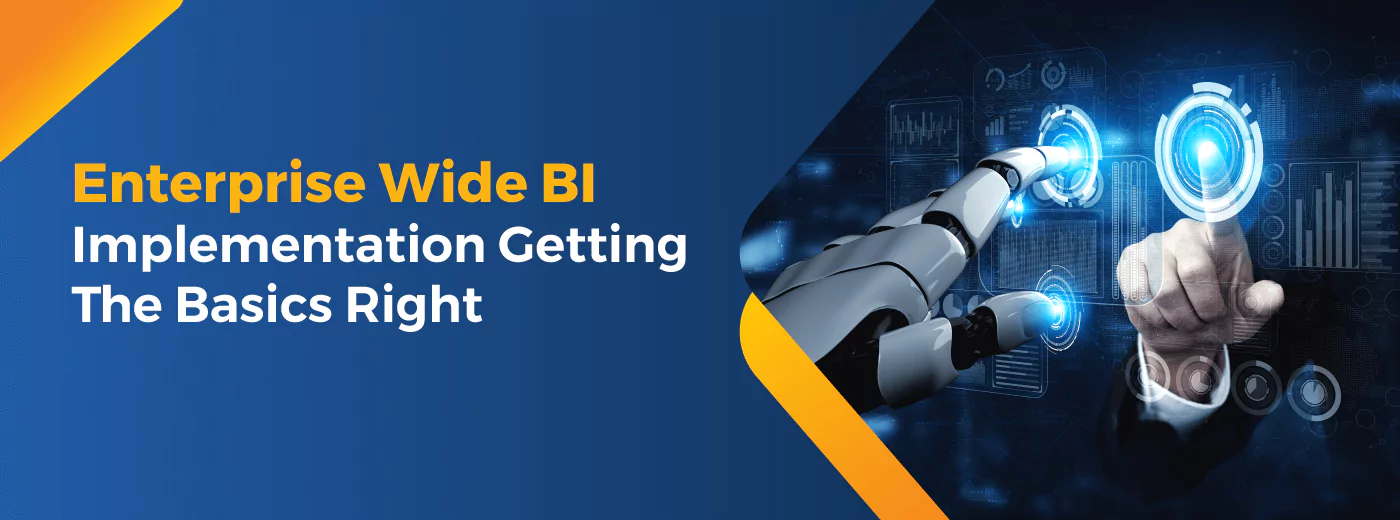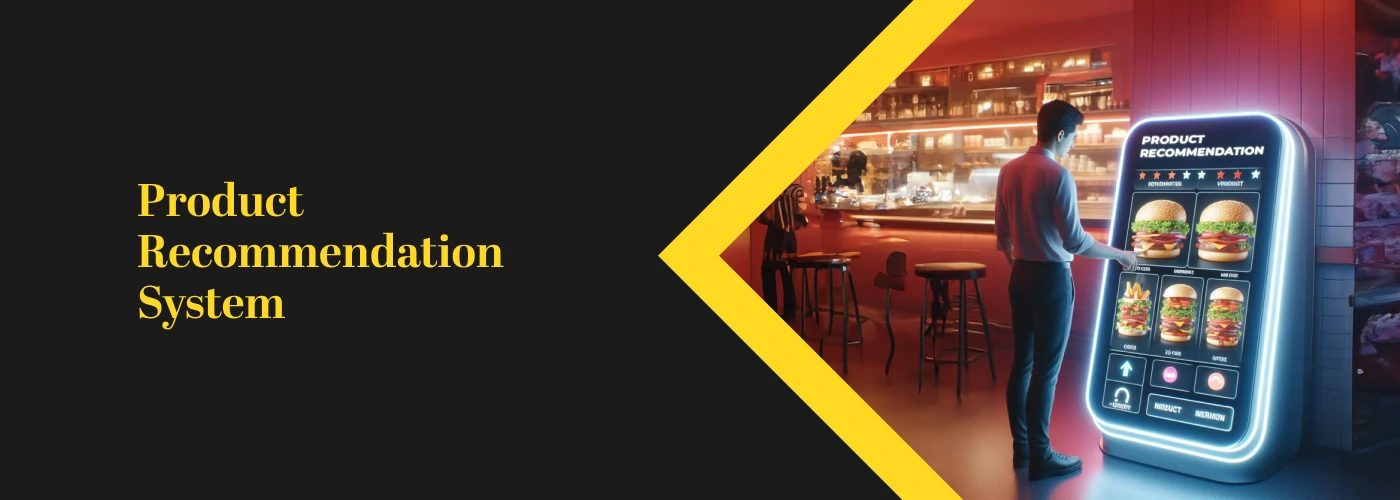With standardized data warehouses, in-memory engines, and Web & Mobile technologies, the access of large amounts of normalized data through the intuitive drag-and-drop report- and dashboard-building tools, the Business Intelligence tools have evolved a lot over the years. If you do not have an organization-wide roadmap, you are bound to leave a lot of the value on the table.
In most cases, the decision to implement an analytical solution is driven by a single department or service line. These departments then proceed individually to choose their own BI tools, create their own data marts and data warehouses.
Why An Enterprise-Wide BI Is Important?
The department-wise siloed approach doesn’t render the complete picture of the business. In today’s world, it is not enough that a department is performing at the peak of its potential rather each task in these departments is like small pieces of a puzzle that should be laid down in a specific pattern to give way to an optimum strategy for the business.
An enterprise BI tool sources the data from different departments both from inside as well from outside the organisation. It analyses this data, runs queries and generates reports & visualisations for stakeholders across departments.
1. It delivers on a wide range of objectives like streamlining processes, strategies that support data collection & analysis as well as business information presentation and dissemination.
2. It provides corporate decision-makers with actionable information to pursue both the operational and strategic goals of the business.
However, it has been observed that organisations often flounder when it comes to enterprise-wide Business Intelligence implementation. There are two primary reasons: missing enterprise-wide BI implementation roadmap and lacking support from the C-suite executives.Let’s Discuss What Are The Options For Preparing An Enterprise-Wide BI Implementation Roadmap And Getting The Executive Buy-In.
Roadmap for Enterprise-wide BI Implementation: Big Bang Vs Phased approach
Both these approaches have their fair bit of concerns, but a big bang approach results in changes at a very broad scale and the involvement of many stakeholders. It becomes very challenging to meet everyone’s expectations.
Since there are many stakeholders involved, any changes in the plan are faced with resistance, which is not ideal as even the best thought out business plans undergo refinement.
It also creates a challenge to train and transfer the skill to users at each level simultaneously.
Whereas a phased approach offers a more successful deployment as the focus is limited to a certain department which results in a more streamlined approach. it is easier to point out any issues with the implementation by measuring the tangible benefits like return on investment.
This approach is an ideal case of think big and start small as it ensures that the whole roadmap is aligned as per the long-term business goals. While also splitting the plans into smaller, flexible and faster executable phases.
With this approach, any best practices learned during the previous phase could be implemented in the next.
It helps the team’s members involved to work for earlier wins and demonstrate the tangible benefits of the project. This, in turn, generates positive word-of-mouth among stakeholders and adds to our second most important component i.e. executive buy-in.
Importance Of Executive Buy-In
An executive buy-in involves more than simply obtaining the funding approval. A BI implementation requires changing the organisations’ culture and status quo of the end-users.
Some organisations have departments that compete against each other for getting financial benefits like R&D funding or stock options. This might be another reason why these departments don’t want to share potentially sensitive data. These projects ask for some tough decisions and are inevitable to give rise to some structural changes and political tussles. So, strong leadership is a must-have.
Identify the reason behind the failure of the Business Intelligence intiative for your enterprise.
So How Do You Secure Executive Buy-In?
As already discussed, the best way is to show them the results and it is where the BI projects score big.
The powerful and intuitive visualisations help the executives understand its actual value. Not only it provides answers on a single click of a button but it also aids them in taking the next step.
And all of it is backed by their own data. If done well, these executives become ardent supporters of the project.
It happens often that a BI implementation starts with a big bang approach and given the competition today, it seems inevitable. Every department head wants the best and at the earliest. In such a scenario phased approach might seem a bit slower but the success rate more than compensates for that.
Cooperation & coordination across the enterprise are basic building blocks of a BI implementation and having a C-suite backing goes a long way in establishing it.
If you are still in doubt, read about our BI expertise or Contact us to let us know your requirements and find the perfect solution for your organization.
Confused about what kind of business intelligence tools you need? Or any help with the implementation of BI tools?



